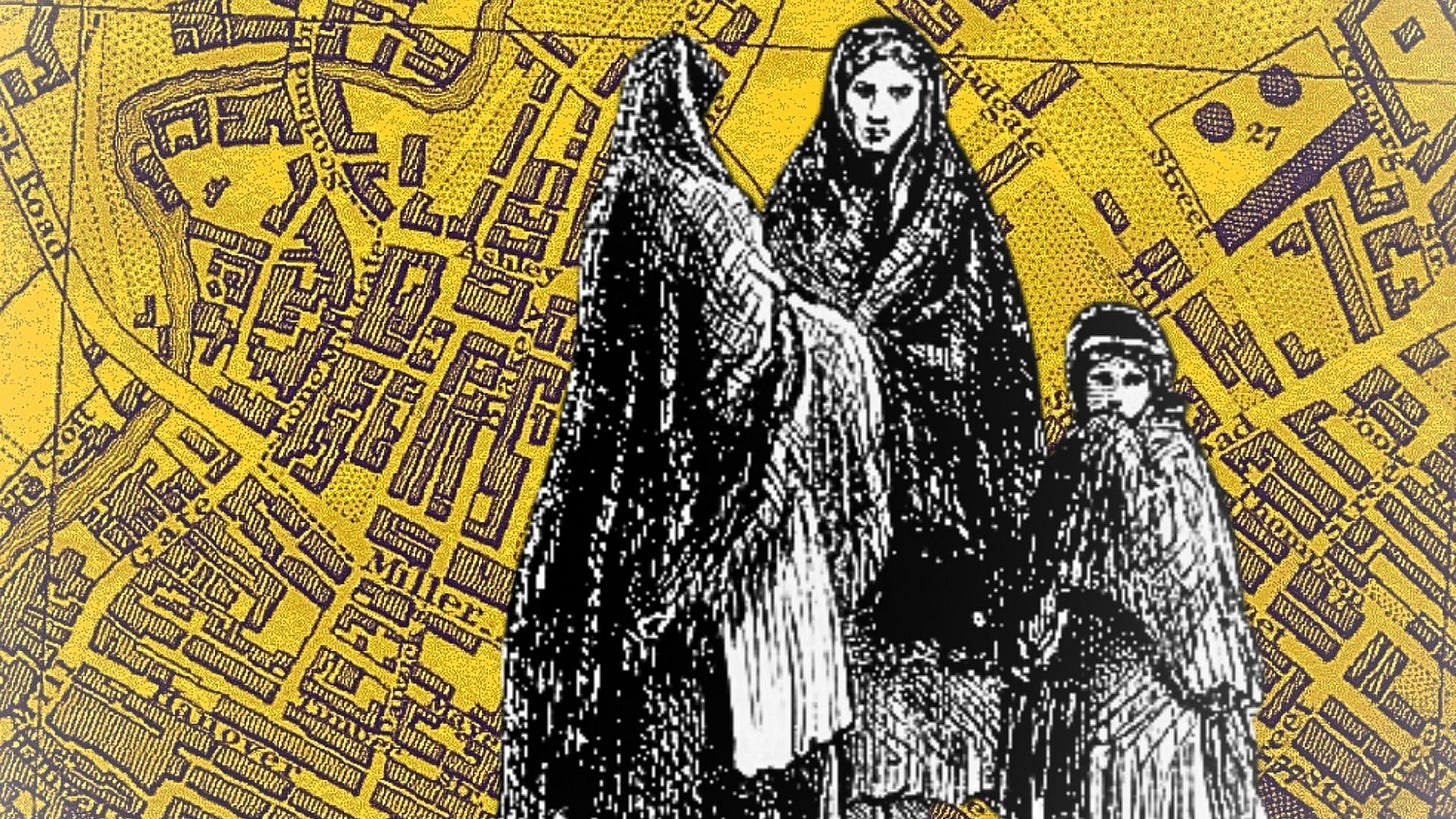The hidden heroes of the Manchester Cotton Famine
How children sold their pet rabbits for the pot to help starving Mancunians in the harsh winter of 1862
The Reverend Thomas Wolstencroft found out the hard way how tough life could be in the Manchester district of Angel Meadow.
Only weeks after taking up his post as the vicar at St Michael’s Church, he tried to stop a game of pitch and toss and was gifted two broken ribs for his trouble.
His baptism in the slum’s ways galvanised Wolstencroft and helped to p…




